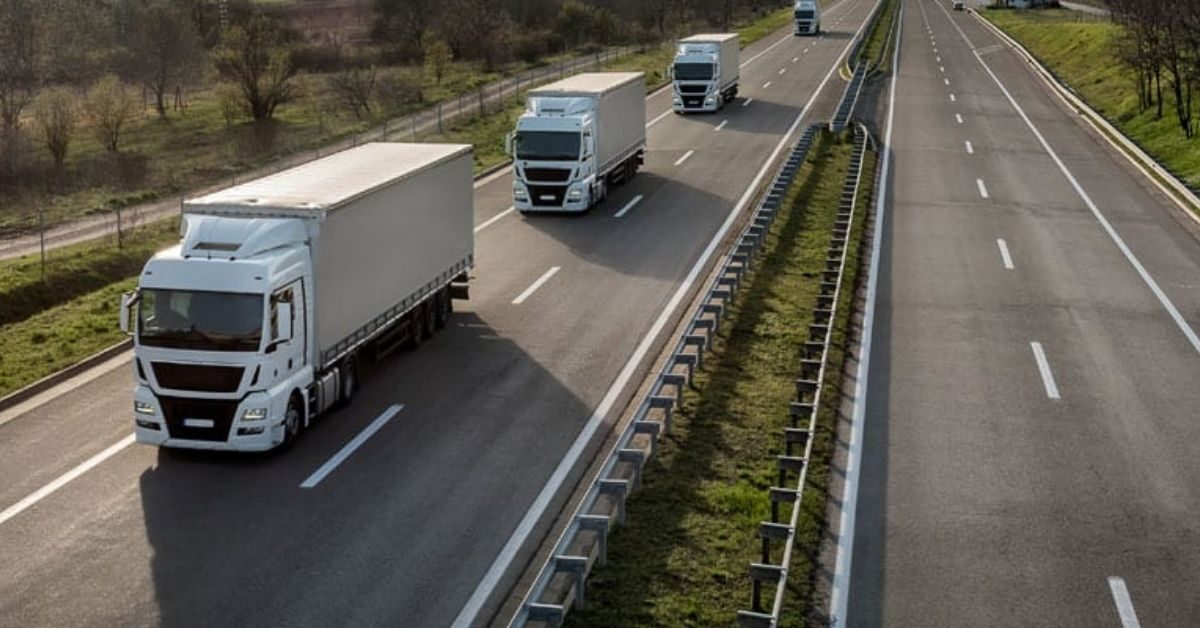“The highway design practice needs to undergo a regulatory change wherein highway engineers ought to be licensed to practice and be held liable for designs that do not follow the prescribed norms. Mandating licensing will help in ensuring higher standards of professionalism, expertise, ethics and accountability while safeguarding the integrity of the highway network,” PwC report said.
Technological advances in the field of highway designing are yet to reach Indian shores where highway design practices are still rooted in paper-based plans.
A transformative leap is necessary to embrace 3D corridor design as well as simulation models that involve creating digital representations of highway corridors. Engineers can use 3D models to simulate access ramps, interchanges and intersections to optimize the design and construction of a highway and identify potential conflict points, the report said.
The proposed measures will not only contribute to a more efficient transportation infrastructure, they may also unlock social and economic benefits for the nation.
For starters, the design template for the highways must be overhauled to ensure smoother transitions and to minimize intersecting conflicts.
The number of conflict points is a crucial aspect to consider at a typical intersection.
The current design template for service roads often results in a higher number of conflict points, exacerbating congestion and increasing the possibility of road crashes. By reassessing the design and implementing measures such as dedicated turning lanes, signalized intersections, and roundabouts, road-owning agencies can effectively reduce the number of conflict points and enhance safety at junctions along the national highways. Embracing these changes will contribute to the development of a modern and well-functioning transportation network that serves the needs of India’s growing population and fosters the country’s economic growth.







